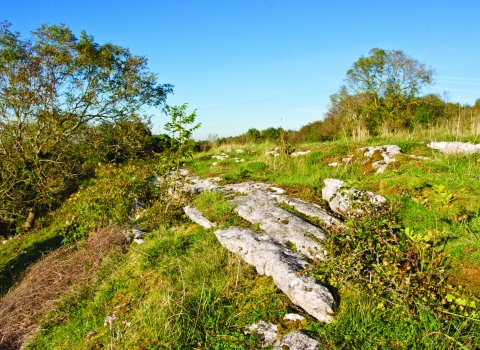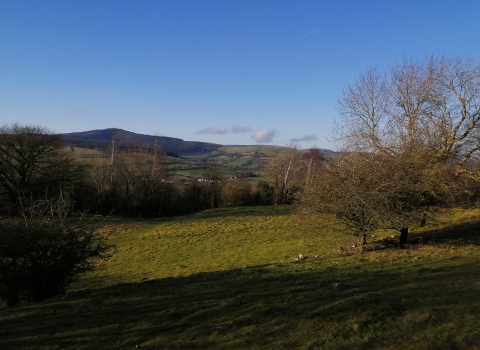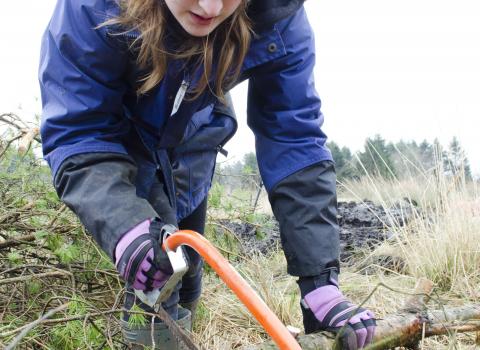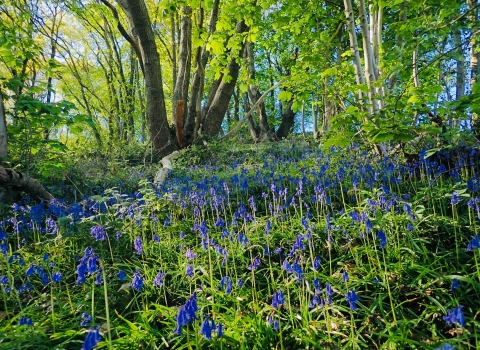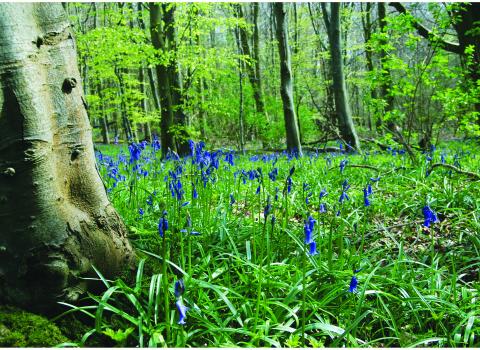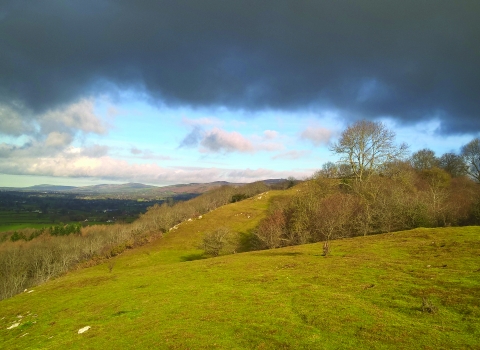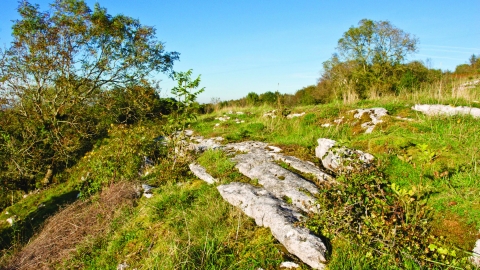
Aberduna Nature Reserve © Damian Hughes
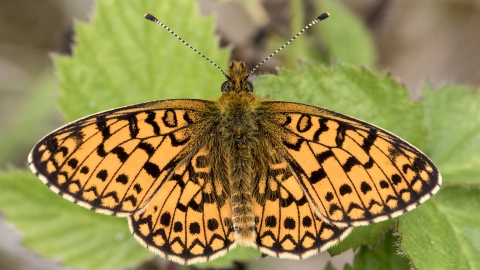
Small Pearl bordered Fritillary © Chris Lawrence
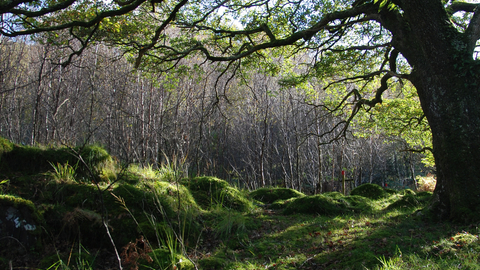
© Liz Cummings
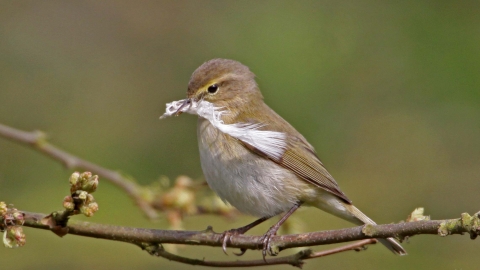
Willow warbler © Margaret Holland

Aberduna Nature Reserve © NWWT
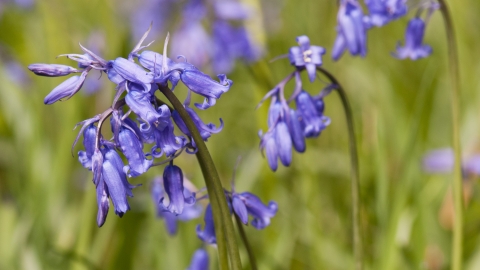
Bluebells - Katrina Martin 2020Vision
Aberduna Nature Reserve
Know before you go
Dogs
When to visit
Opening times
Open at all timesBest time to visit
All year roundAbout the reserve
Aberduna is a striking 20-hectare reserve offering stunning views across the Alyn valley to Moel Famau and the Clwydian Range. The entire site is underlain by limestone, which strongly influences the habitats found on the reserve: woodland with glades, scrub, bracken, calcareous grassland, areas of exposed limestone and small ponds. During spring and summer the site is full of wildflowers – bluebell, early purple orchid, fragrant orchid, cowslip, common rock-rose and moonwort within the grassland areas, and upland enchanter’s nightshade, herb-paris, wood sorrel, wood anemone and goldilocks buttercup within the woodland. Dog-violets grow in the dappled shade of the coppiced woodland and bracken, providing food for the caterpillars of small pearl-bordered fritillary butterflies.
Grazing grassland, thinning trees
The diverse plant community present on the dry limestone grassland is maintained primarily by ponies and sheep, which generally graze from September to March. Bracken and scrub is prevented from becoming too dominant to benefit the wildflowers. Glade creation and tree thinning occurs within the mixed broadleaved woodland to create a mix of tree ages and heights as well as encourage native ground flora to flourish. Logs and branches are left on the woodland floor to provide deadwood habitat for fungi and invertebrates as well as hibernation sites for amphibians.
Did you know?
The limestone that underlies Aberduna was formed by the remains of marine animals and plants that lived 350 million years ago when this land lay south of the equator under warm tropical seas.
Directions
Aberduna is 3 miles South West of Mold. From Mold, follow the A494 and take the Left turning to Maeshafn after passing through Gwernymynydd.

